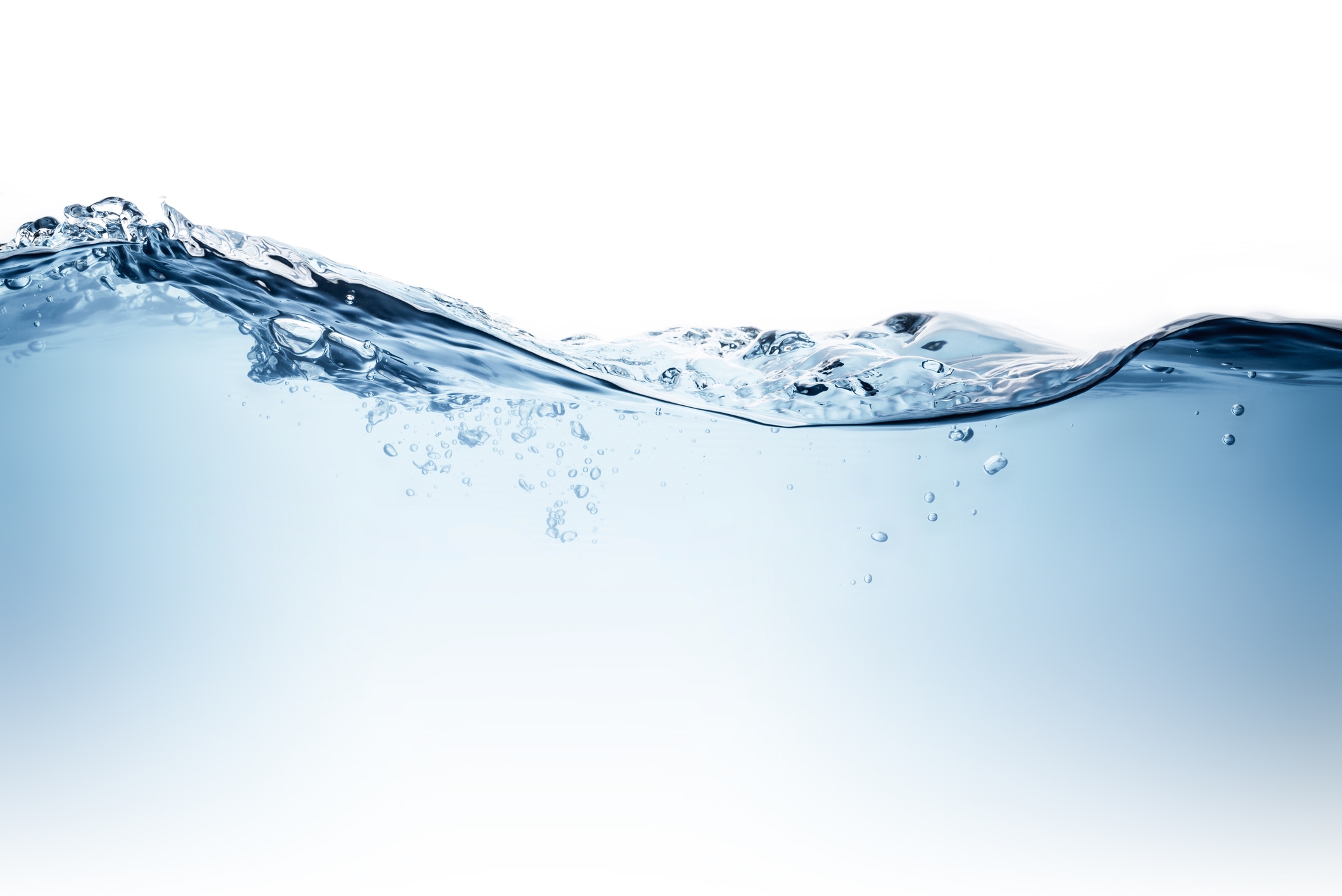9.11 Monitoring advice for small, remote or community-managed water supplies
While small, remote water supplies are typically managed by a community group or a small private operator, some are managed by water utilities.
The same general principles apply for such supplies as for any other, with decisions on monitoring informed by risk assessment, and operational monitoring taking a higher priority. For example, tests of microbial quality of drinking water are a valuable adjunct to, but not a substitute for, assessing source water protection, treatment, and the integrity of treatment barriers through to the consumer’s tap. Given the limitations in the ability of indicators to predict health risk accurately, it is essential to maintain effective barriers to faecal contamination.
Operational monitoring of small supplies will typically include a greater focus on observational monitoring, including regular inspections (preferably weekly) of:
local source water catchment or recharge areas and source water reservoirs;
boreheads, to ensure that they are sealed and secure;
fences and enclosures around bores, tanks and other infrastructure;
tank roofs and above-ground pipes and valves, to ensure that integrity is maintained, roofs are intact and there are no breaks or leaks; and
drainage at bore sites, air valve pits and scour valve pits.
Contamination events are often associated with extreme events, and observational monitoring should be undertaken to assess impacts of heavy rainfall, flooding and storms on infrastructure.
The most common form of treatment in small supplies is disinfection. Where applied, it will always be a critical control point. Ideally disinfection should be monitored continuously using automatic systems with alarms. If this is not available, it should be replaced by frequent manual checks as detailed in Table 9.7.
Table 9.7 Recommended operational monitoring at disinfection points in small, remote or community-managed water supplies
Operational monitoring - disinfection
Chlorine residual continuously monitored with alarms for non-compliance with critical limits (residual below minimum concentration)
Chlorine residual checked manually downstream of chlorinator several times per day
Observations of chlorinator performance such as:
correct rotameter setting
hypochlorite dosing pump operating correctly
the amount of gas or liquid hypochlorite being used by the system
sufficient quantities of disinfectant available to ensure chlorination is not interrupted
UV light intensity continuously monitored with alarms for non-compliance with critical limits.
UV light power available and UV running checked several times per day.
Observations of UV light performance such as heat of sleeves, fuses operational etc.
If other treatment processes are applied, then appropriate operational monitoring will be needed. This should follow similar principles to the monitoring of disinfection, with on-line monitoring of disinfection preferred. If on-line monitoring is not available, it should be replaced by frequent manual testing.
In general, drinking water quality monitoring of small water supplies should be based on the principle that it is much more effective to test for a narrow range of key characteristics as frequently as possible, than to conduct comprehensive but lengthy (and possibly largely irrelevant) range of analyses less often.
Key characteristics to be monitored as part of drinking water quality monitoring should include those with the potential to present significant risks and for which reliable verification of safety is required. As discussed in Section 9.2.1, priority chemicals particularly for groundwater supplies include arsenic, fluoride (at concentrations above those applied for dental protection), selenium, nitrate, lead and uranium. Iron, manganese, total dissolved solids and hardness can be sources of aesthetic water quality problems.
If data are not available, testing should be undertaken to determine background concentrations of key health-based hazards. This should be informed by a risk assessment, taking account of local geology, potential sources of chemicals (e.g. existing or abandoned mining sites) and known problems in the area identified by testing of nearby water supplies. Initially, quarterly monitoring is recommended, to include consideration of any seasonal influences.
Further testing should be based on mean concentrations and variability. In general, the closer the mean value of a characteristic is to the guideline value, or the greater its variability, the more frequent the monitoring needs to be (for these characteristics, the suggested frequency is annual). Those characteristics that, based on risk assessment, are not likely to be present or have been shown to be present in concentrations well below guideline values typically require monitoring very infrequently (e.g. every two years) or not at all.
Observational monitoring should be used to supplement the chemical testing program; for example, checking for chemical spillage and appropriate application, uses and storage of fertilisers and pesticides.
The monitoring program (and the available results) should be discussed with the regulator who has responsibility for the oversight of drinking water quality, to determine an appropriate sampling frequency.
Frequent testing for aesthetic characteristics is generally not justified once concentrations are established unless variability is expected or specific controls are introduced (e.g. desalination, pH correction, filtration of surface waters).
While weekly E. coli testing is recommended in Table 9.4, there can be practical difficulties in performing microbial testing for small remote communities. The recommendation to collect weekly samples needs to be balanced against the logistics of collecting, preserving and transporting the samples, the risk profile for the supply, and the risk mitigation processes that are operating on the supply. Alternatives can include less frequent testing or the use of field kits.
Advice and resources to assist operators of small remote water supplies are available on the NHMRC website at https://www.nhmrc.gov.au/about-us/publications/community-water-planner.
